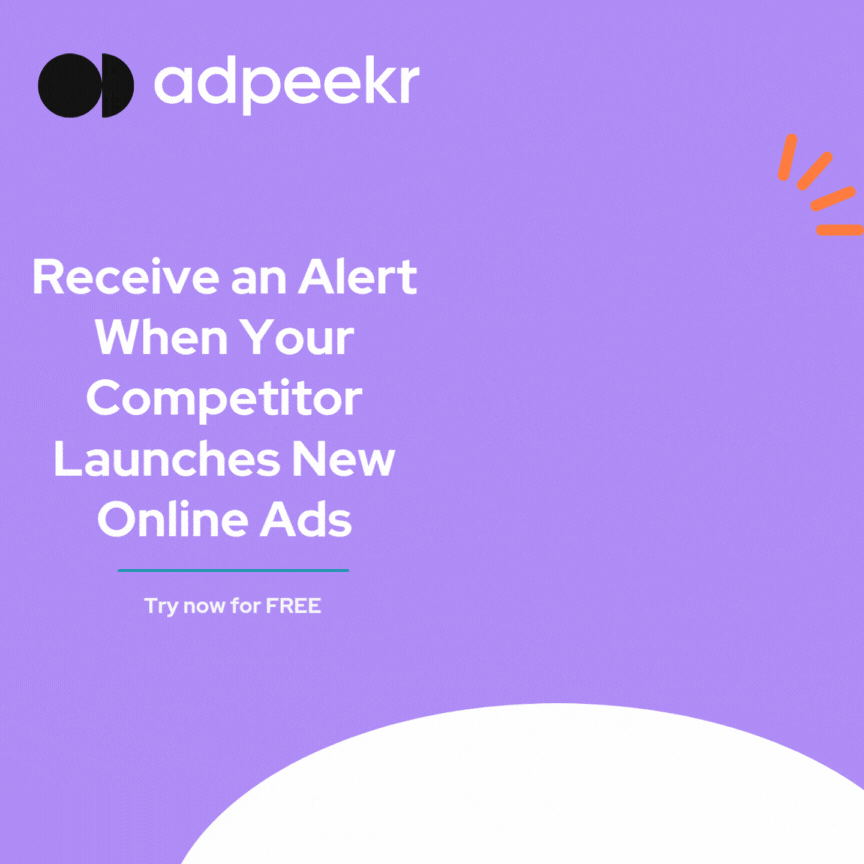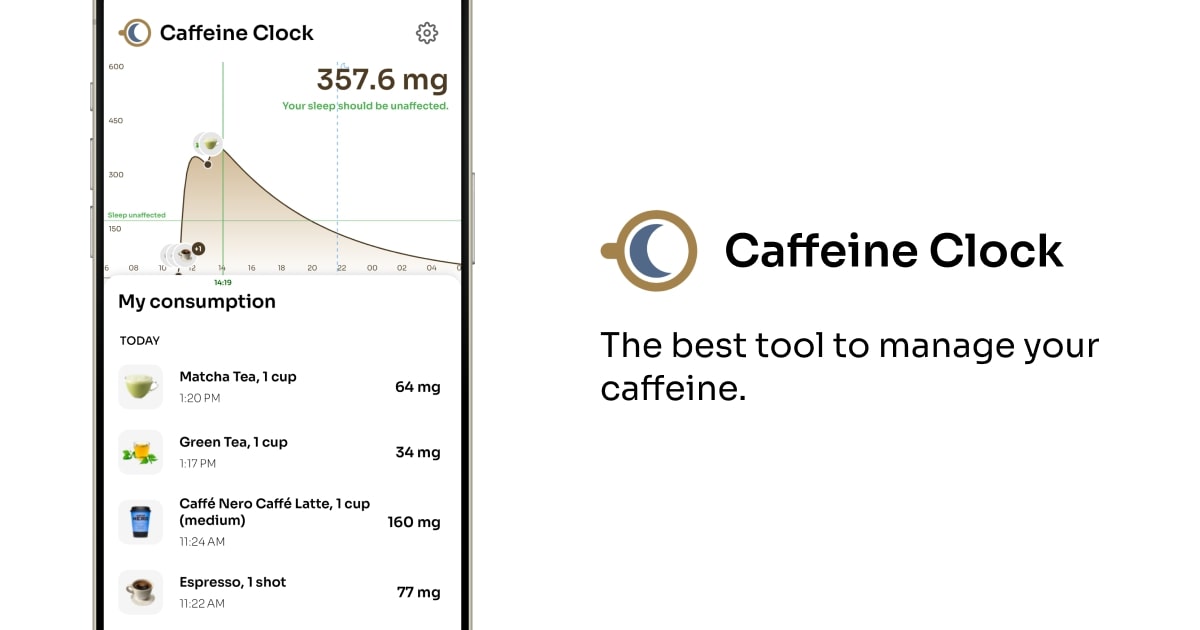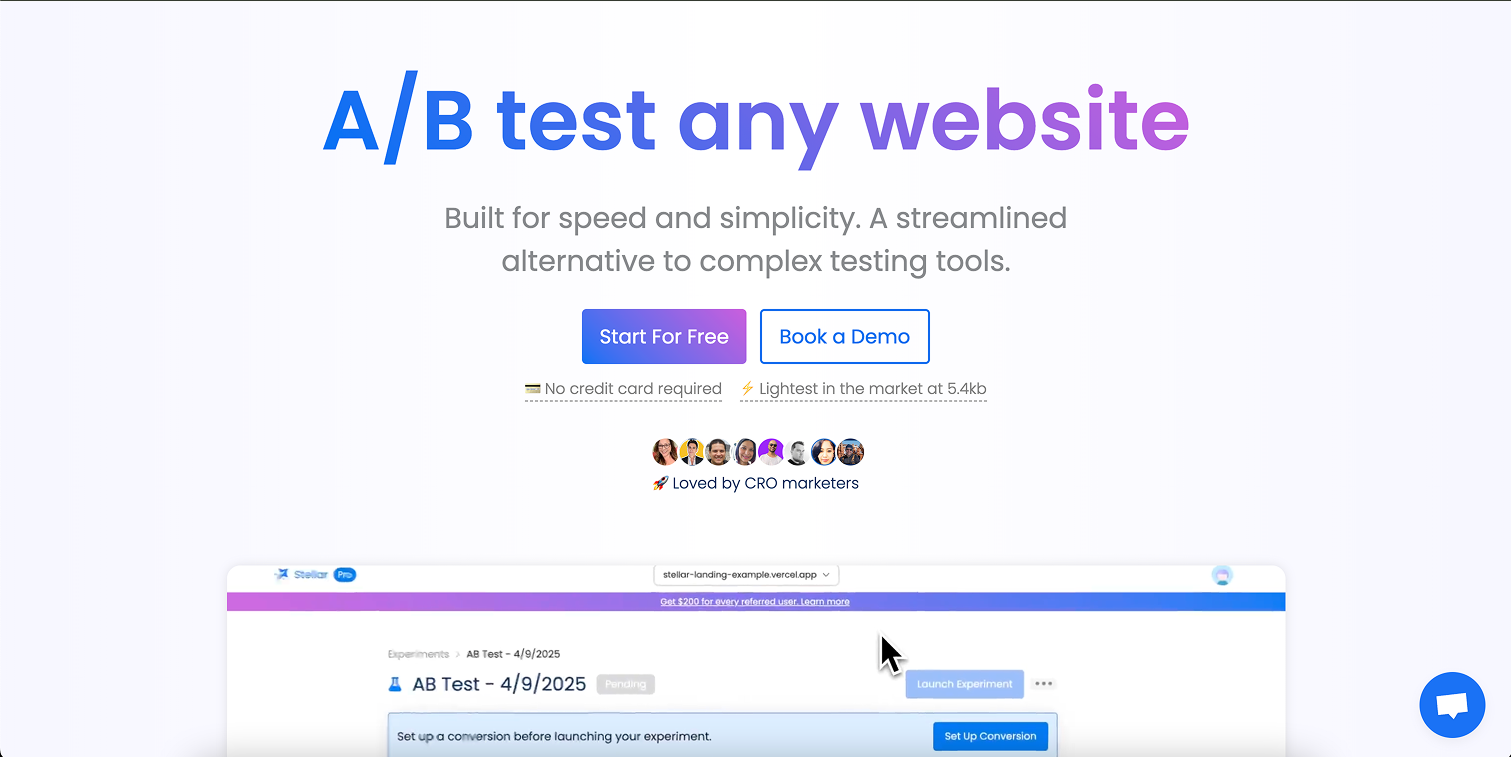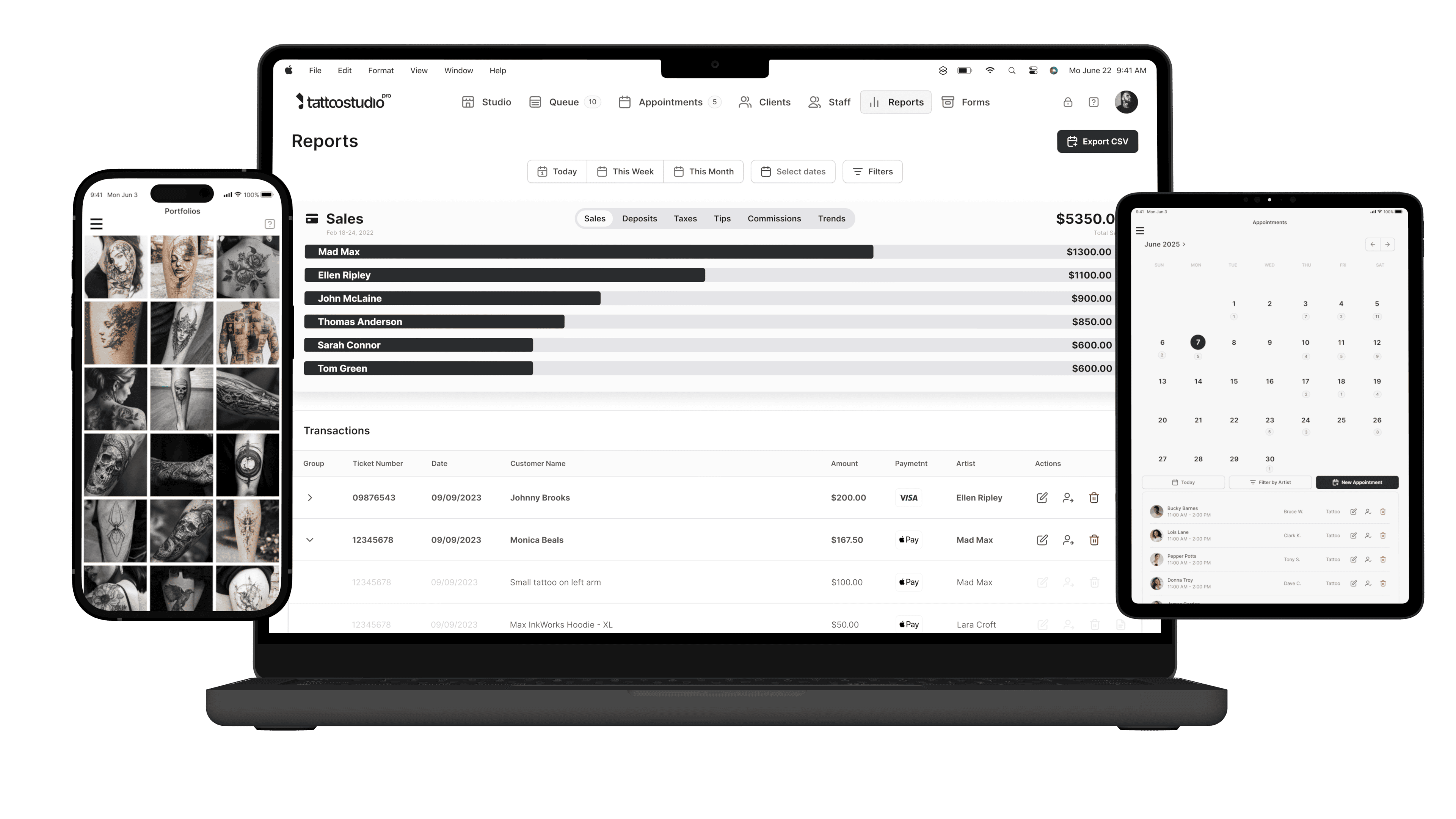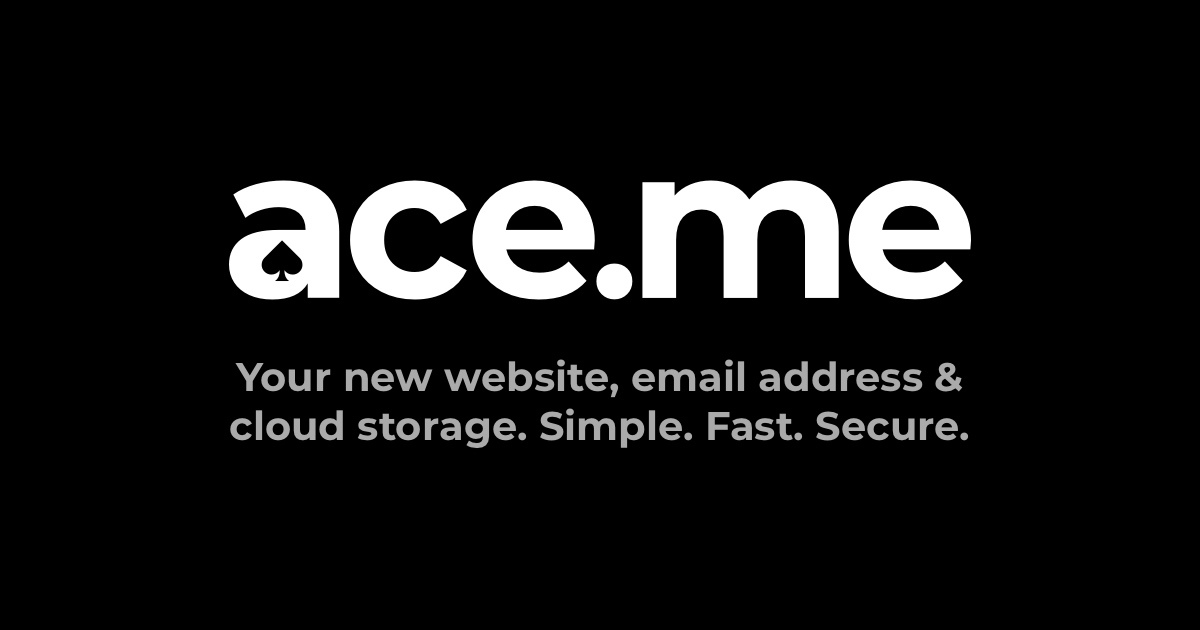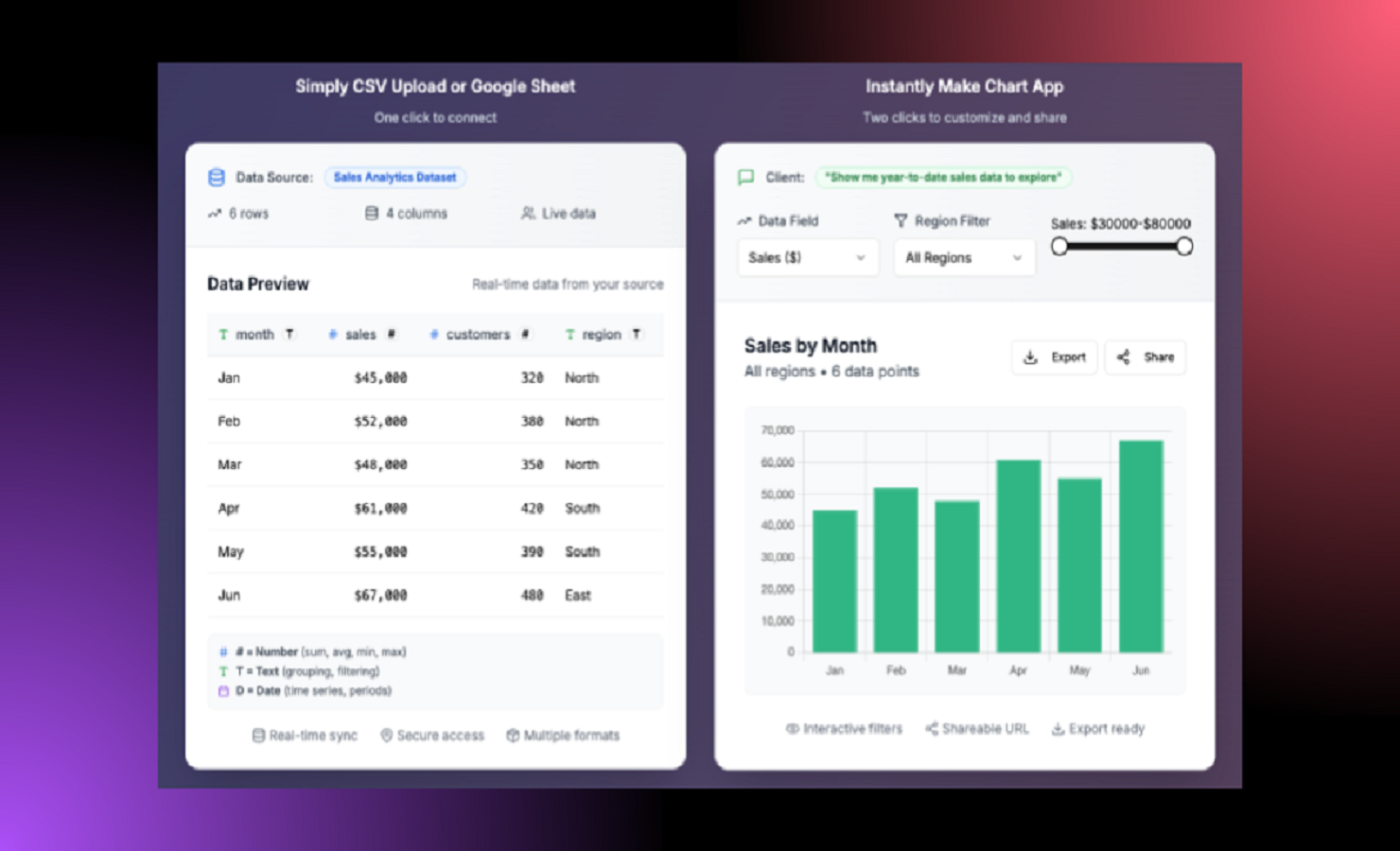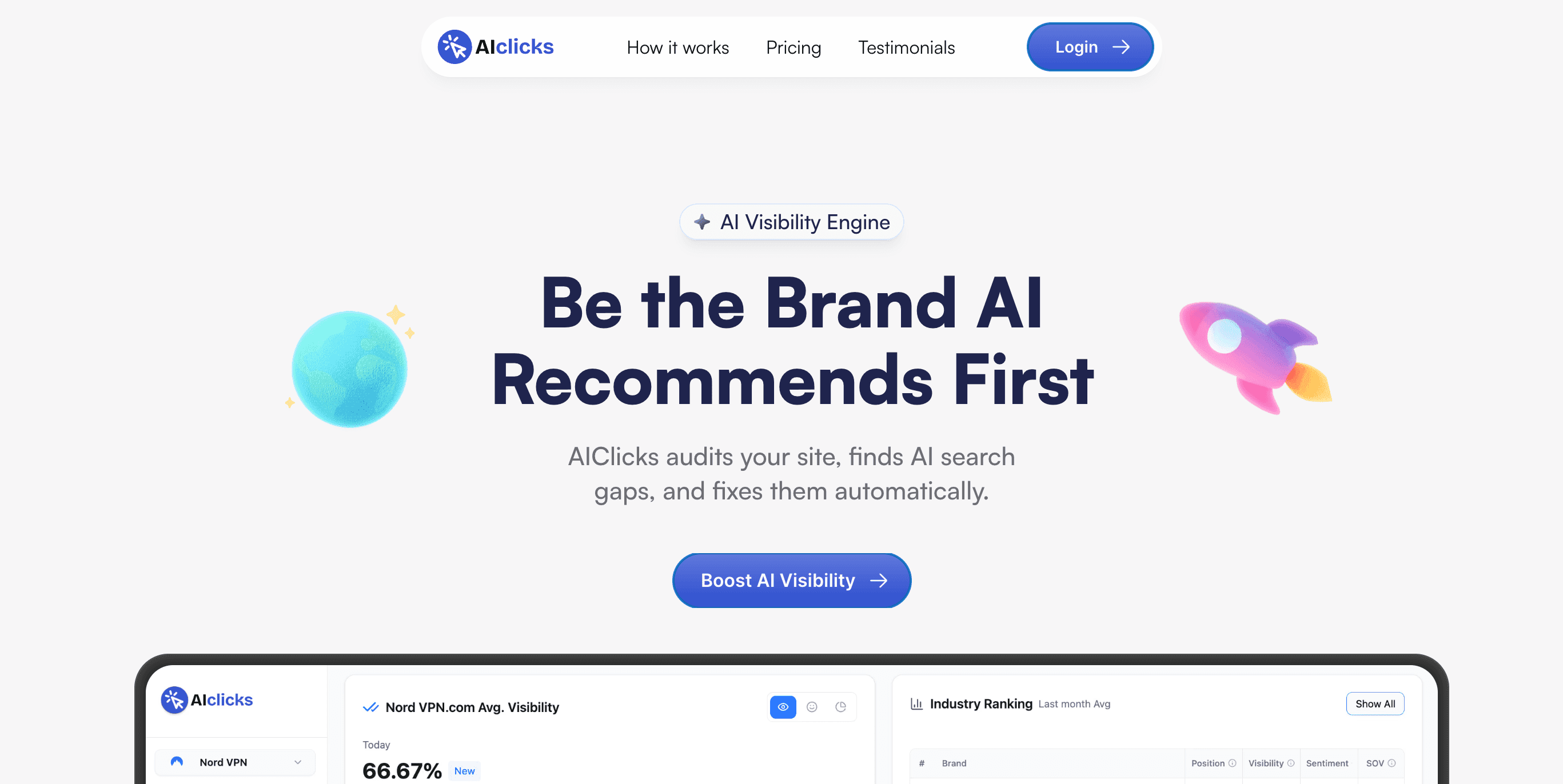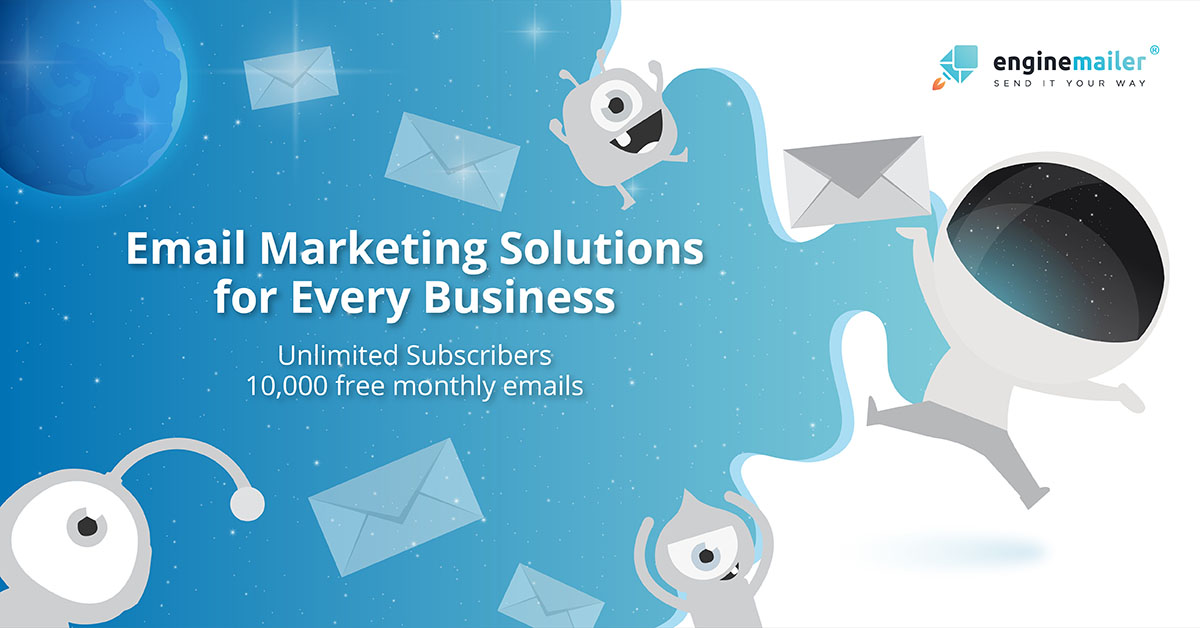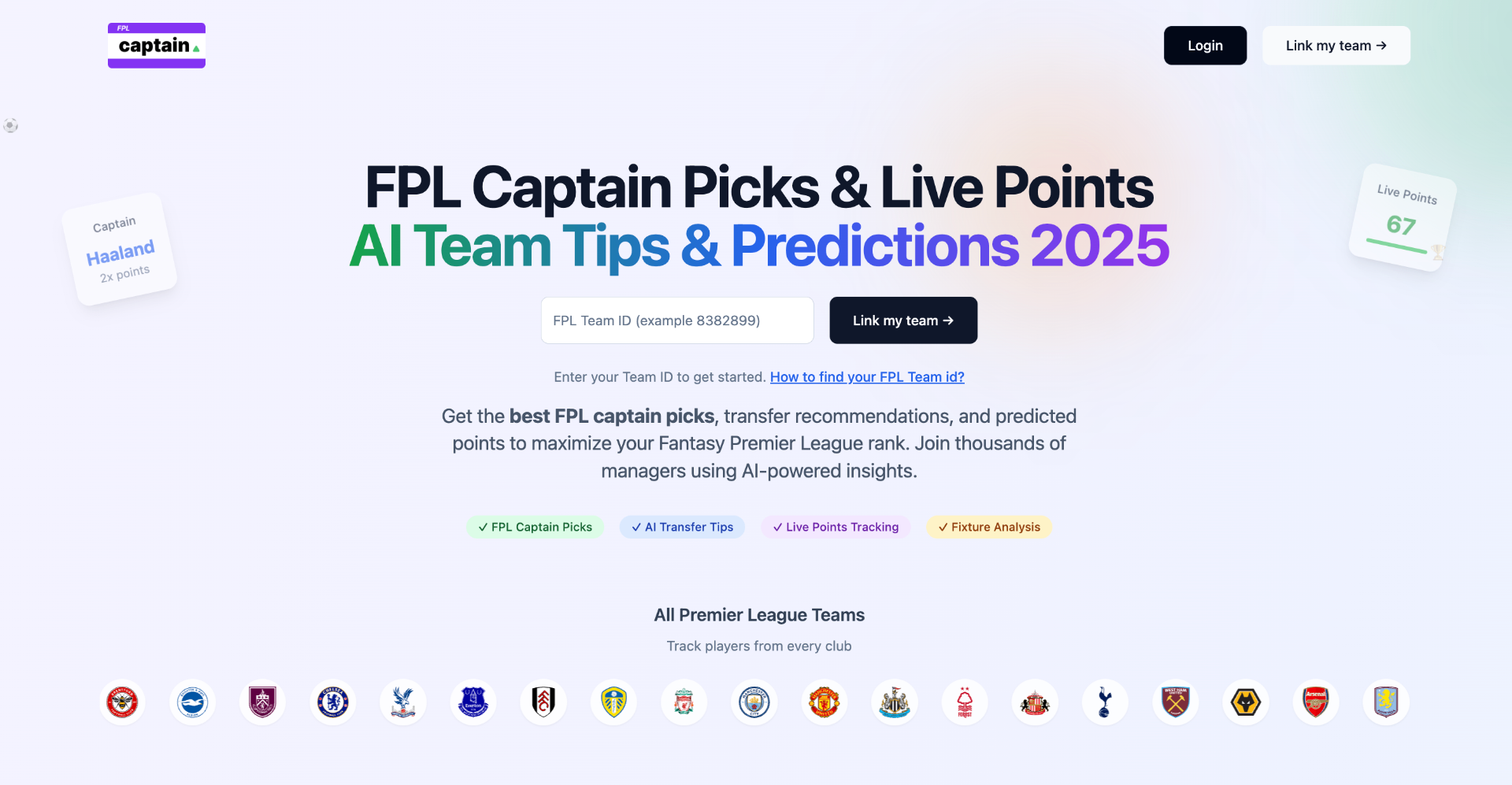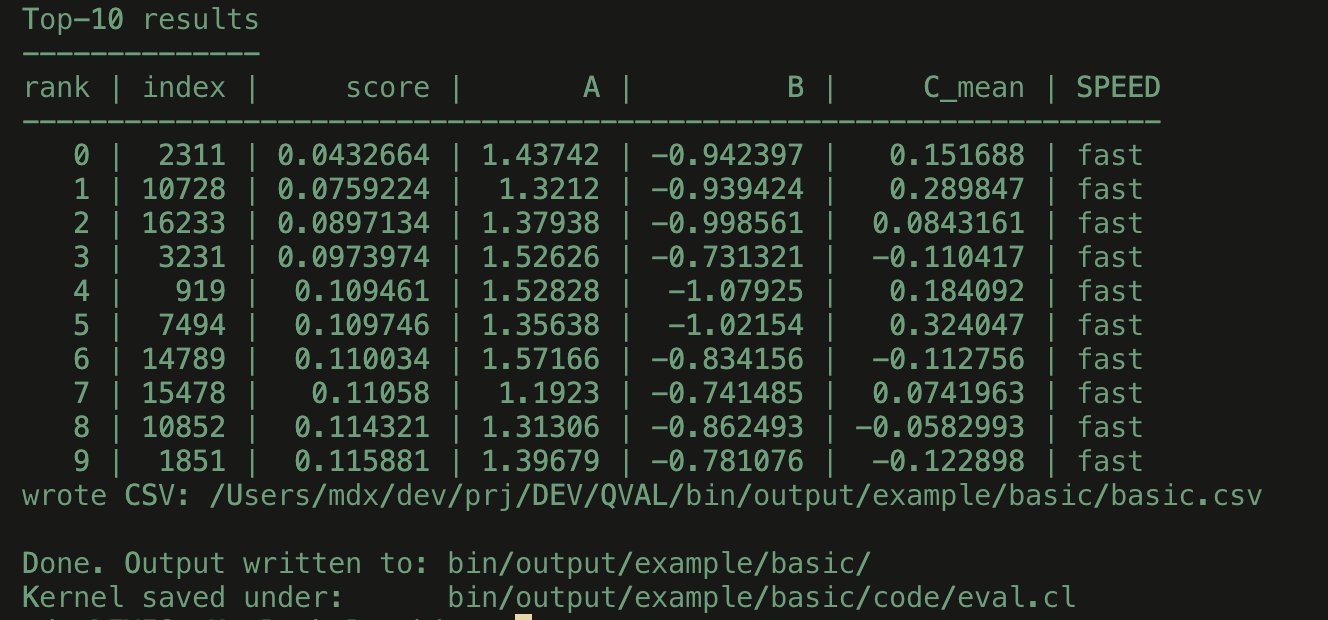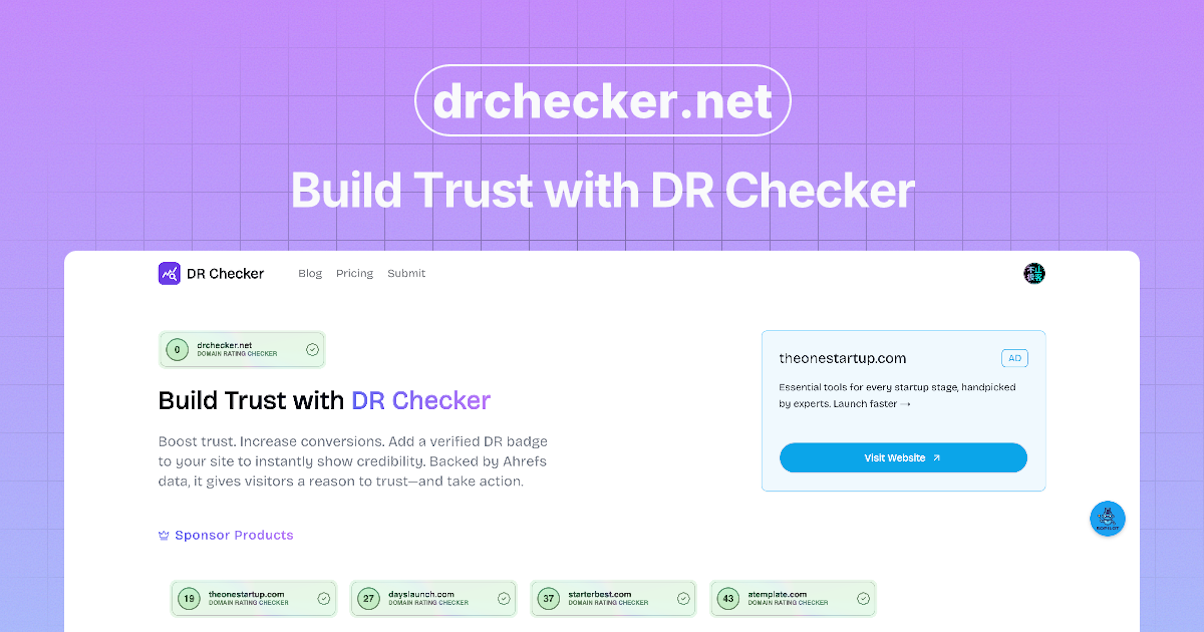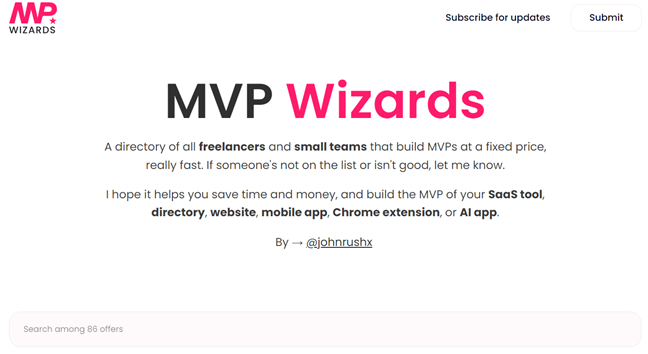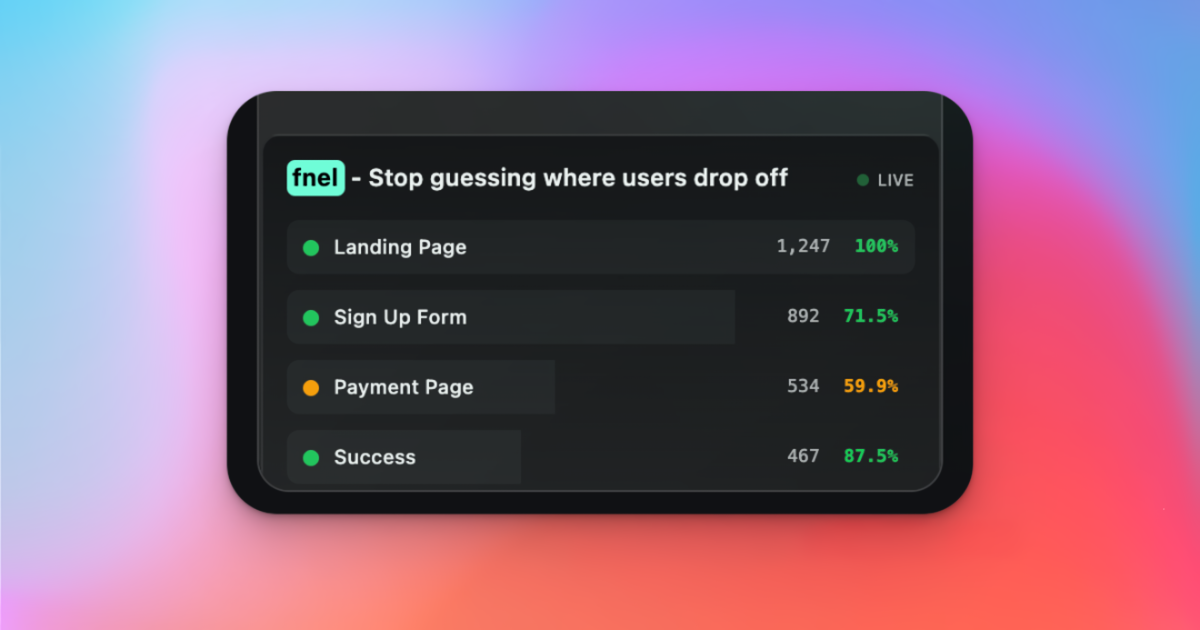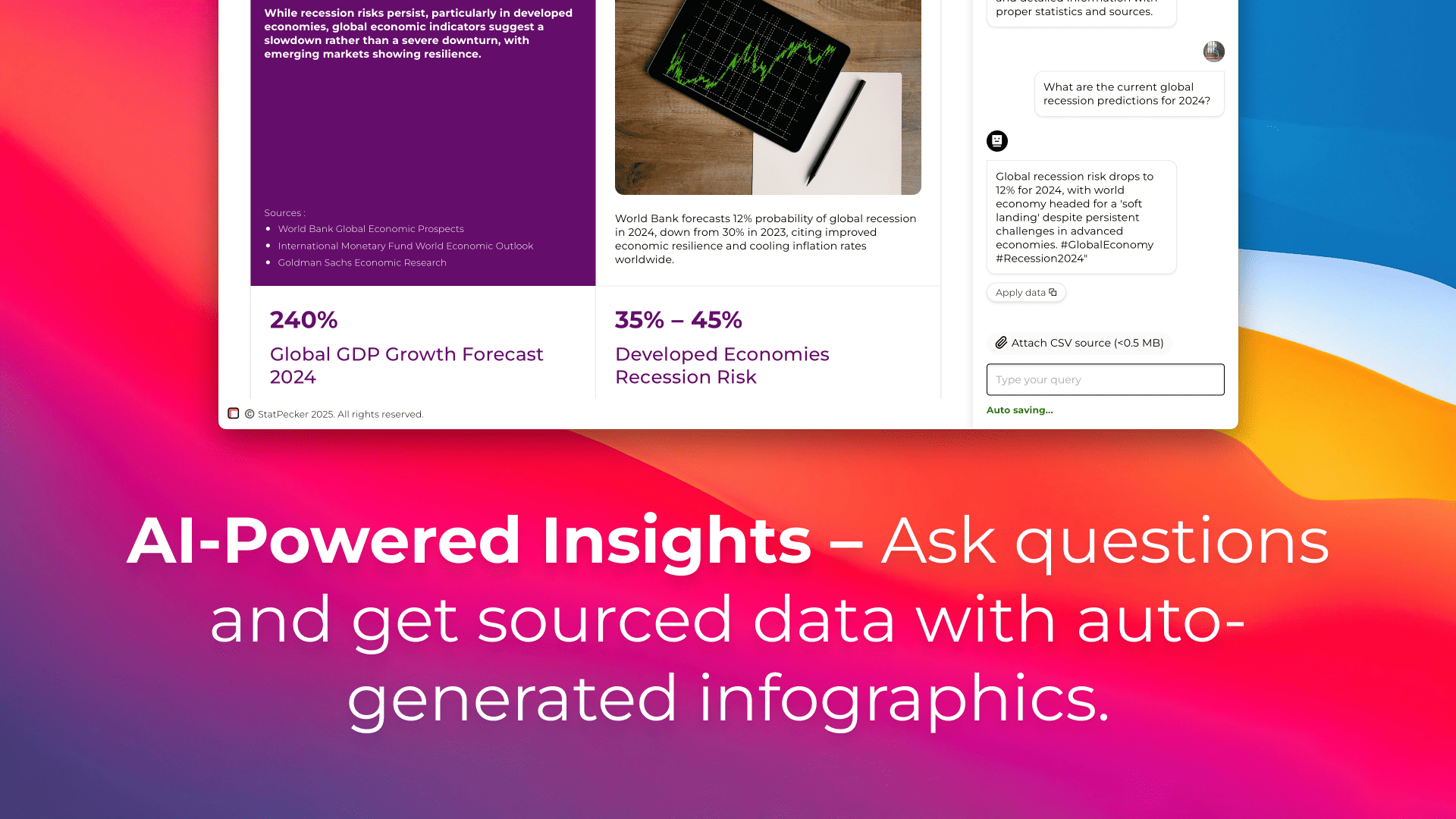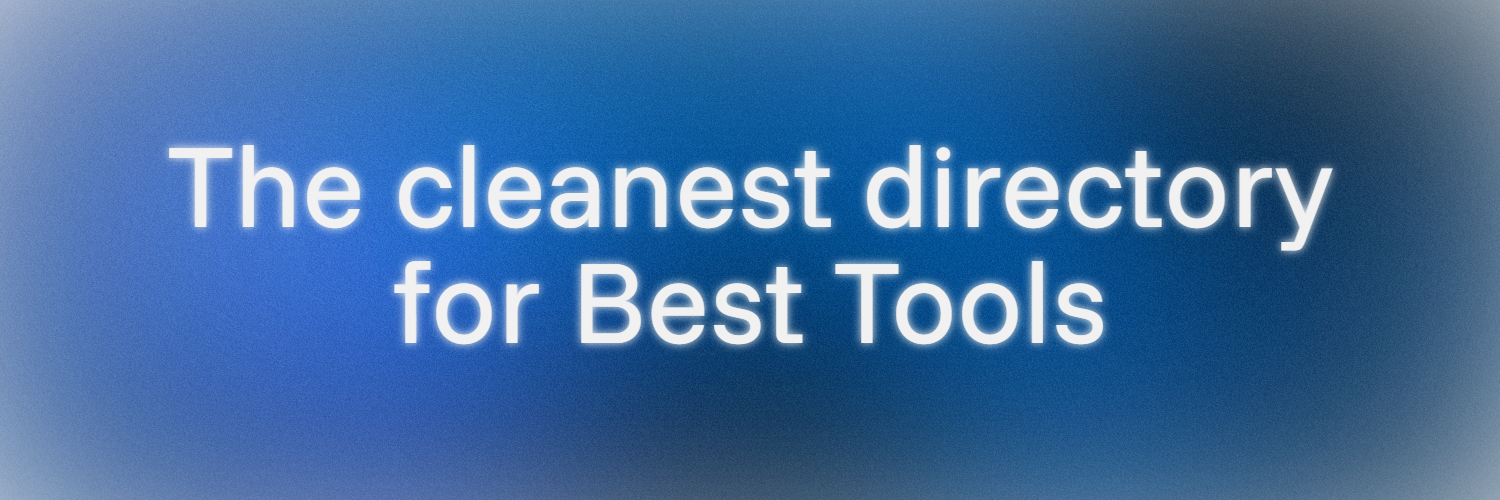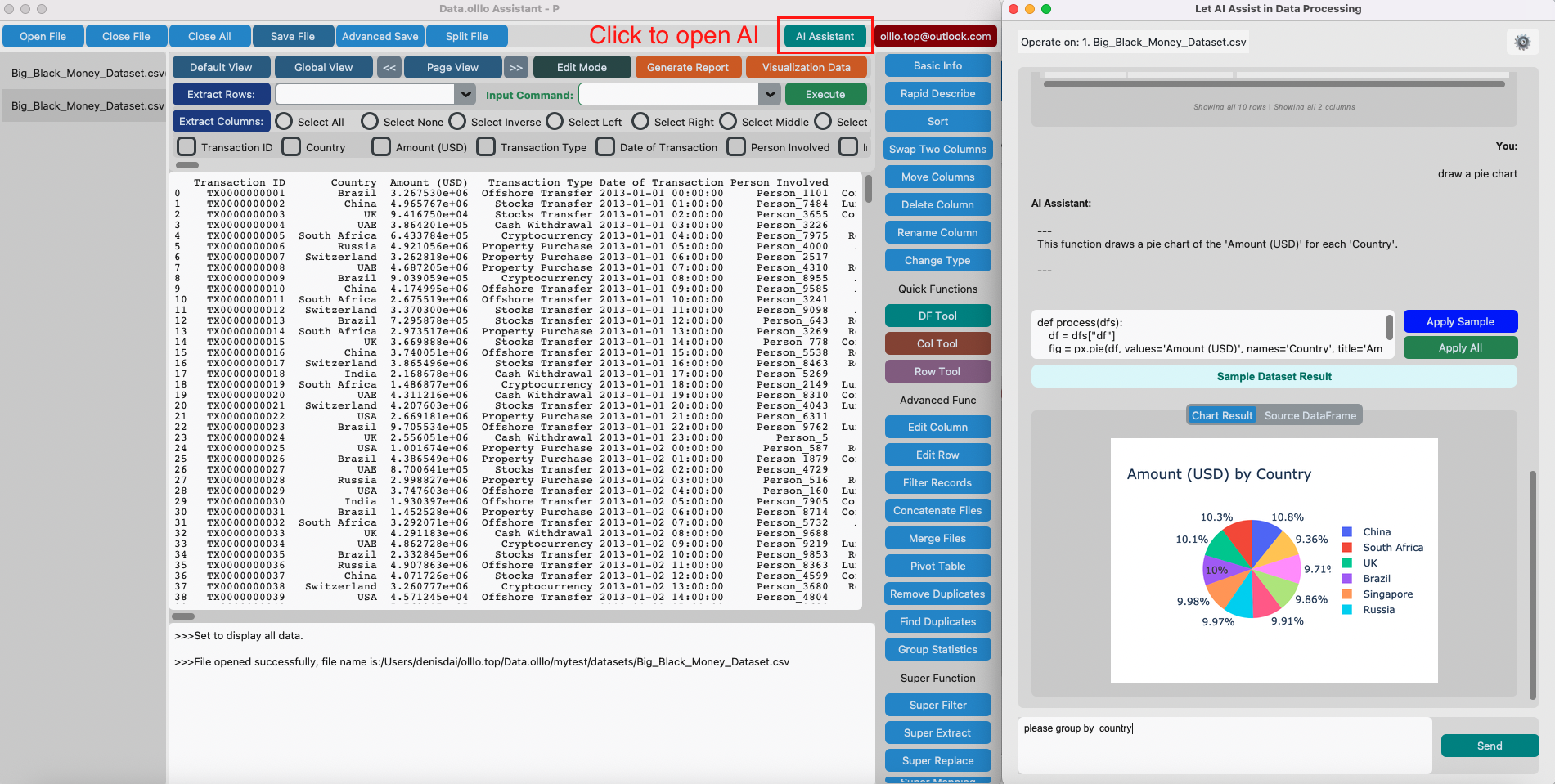IntroductionThe GoHighLevel Pricing and Profit Calculator is an essential online tool designed to help freelancers, agencies, and businesses accurately estimate their monthly costs, revenue, and potential profit when utilizing GoHighLevel services. It allows users to compare different GoHighLevel plans, select specific features, and forecast financial outcomes in various currencies.Key FeaturesCompare GoHighLevel's Starter, Unlimited, and SaaS Pro plans with detailed feature breakdowns.Estimate monthly revenue, costs (including variable and fixed), and net profit from selling GoHighLevel services.Account for optional add-ons such as AI Chatbot, Phone System, Email Sending, and Reporting/BI tools.Forecast SaaS Mode profitability, including rebilling margins, churn rates, and setup fees.Calculate key metrics like Gross Margin %, Per-Client Margin, and Break-Even Clients.Supports multiple currencies including USD, EUR, GBP, AED, and PKR for localized estimates.Use CasesThis calculator is invaluable for a range of users. Freelancers and small businesses can use it to determine if the Starter Plan's 3 sub-account limit aligns with their initial client needs and budget. It helps them understand the basic costs and potential for growth.Growing agencies will find the Unlimited Plan's features, like white-labeling and unlimited sub-accounts, easier to evaluate. The calculator allows them to model scenarios with multiple clients, factoring in average price per client and variable costs, ensuring they can scale profitably.For entrepreneurs looking to launch a white-label SaaS platform, the SaaS Pro Plan and its associated calculator provide critical insights. Users can adjust parameters like monthly price per customer, setup fees, churn rates, and rebilling markups to forecast MRR, ARR, and long-term profitability, making informed decisions about their SaaS scaling strategies. It also helps in understanding how GoHighLevel can replace multiple tools, leading to significant cost savings.Pricing InformationGoHighLevel offers three main plans: Starter at $97/month, Unlimited at $297/month, and SaaS Pro at $497/month. Annual billing provides a 16.6% saving (two months free). The calculator also helps users factor in additional costs for various add-ons like LC-Phone, LC-Email, Content AI, Workflow AI, WordPress Hosting, and White-Label Mobile App, which are billed separately. A 14-day free trial (or 30-day extended trial for Starter and Unlimited) is available to test features before committing, as there is no money-back guarantee.User Experience and SupportThe GoHighLevel Pricing and Profit Calculator features a user-friendly interface with clear input fields for various financial metrics and optional add-ons. Its drag-and-drop tools within the GoHighLevel platform itself require no coding skills, making it accessible for beginners. While the Starter plan is user-friendly, the SaaS Pro plan may require more technical know-how. Optional account setup services (Basic $299, Advanced $1,000) and Priority Support ($300/month) are available for those needing additional assistance or faster response times.Technical DetailsThe calculator itself is a web-based tool, likely implemented using JavaScript for its interactive functionality. The GoHighLevel platform offers API access (Standard for Unlimited, Advanced for SaaS Pro), allowing for deeper integrations and custom solutions. The overall platform is available on Web, iOS, and Android, with white-label options for agencies.Pros and ConsPros:Comprehensive cost and profit forecasting for GoHighLevel services.Helps identify hidden costs and add-ons.Significant ROI potential, especially with SaaS Pro's markup capabilities.Replaces multiple marketing/CRM tools, saving 20-30% on subscriptions.Scalable with unlimited sub-accounts on higher plans.Free trial available for evaluation.Cons:Add-on costs can significantly increase the total monthly expense.No money-back guarantee after subscription.SaaS Pro plan requires technical understanding for full utilization.Potential learning curve for advanced automation and features.ConclusionThe GoHighLevel Pricing and Profit Calculator for 2025 is an indispensable resource for anyone considering or currently using GoHighLevel. It provides transparent cost breakdowns, highlights revenue opportunities, and helps optimize profitability. By leveraging this tool, businesses can make informed decisions, maximize their ROI, and effectively scale their operations. Explore the calculator today to unlock your GoHighLevel potential.
